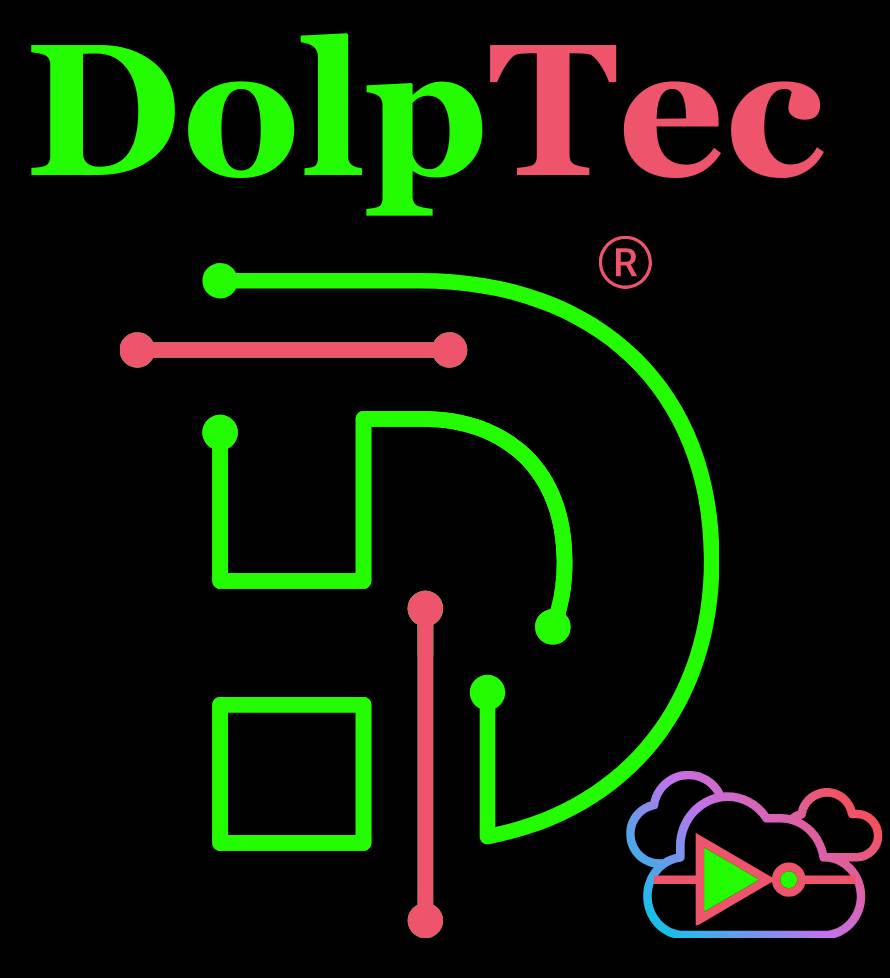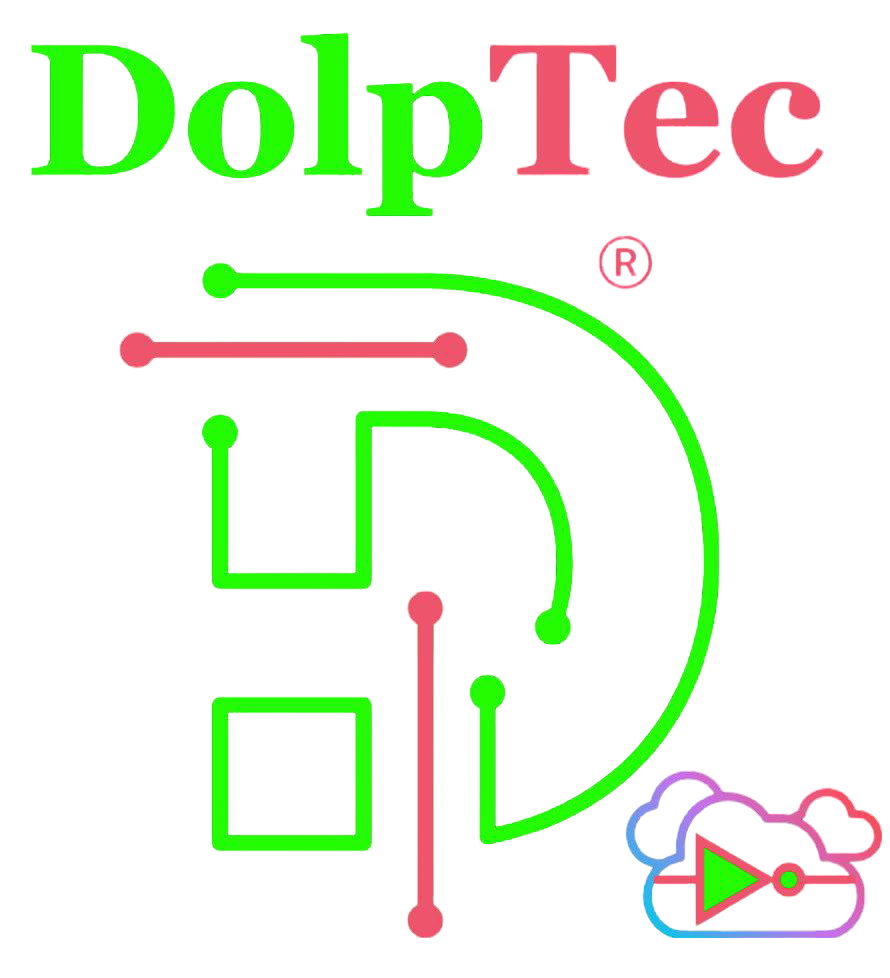
The shift towards cloud-native solutions has revolutionized the way businesses approach application modernization. In an era where digital transformation is key to maintaining competitive advantage, cloud-native architectures are emerging as a powerful tool in modernizing legacy applications. By enabling scalable, flexible, and cost-efficient environments, cloud-native solutions are accelerating the transformation of businesses’ IT landscapes, and collaboration plays a central role in this rapid change.
Cloud-Native Solutions: The Foundation for Modernization
Cloud-native solutions refer to the development and deployment of applications specifically designed to leverage the capabilities of cloud environments. Unlike traditional monolithic systems, cloud-native applications are built using microservices, containerization, and orchestration tools like Kubernetes. These components allow for more agile, scalable, and resilient applications that can quickly adapt to business needs.
When applied to application modernization, cloud-native solutions enable organizations to decompose legacy applications into smaller, manageable microservices. These services can be updated, scaled, and maintained independently, drastically improving both development speed and operational efficiency. By migrating to cloud-native infrastructures, businesses can reduce their reliance on on-premise hardware and increase their capacity to innovate.
Collaboration Driving Faster Transformation
While cloud-native technologies provide the infrastructure for modernization, collaboration between different teams—such as IT, operations, development, and business units—is essential for success. The rapid adoption of cloud-native solutions hinges on seamless cross-functional cooperation, ensuring that all aspects of the modernization process are aligned with business objectives.
- DevOps and Agile Methodologies: Cloud-native development is closely intertwined with DevOps and agile methodologies, both of which promote collaboration between development and operations teams. This approach accelerates application delivery, reduces downtime, and improves the overall efficiency of the development pipeline. By automating workflows and fostering a culture of continuous integration and continuous delivery (CI/CD), teams can quickly roll out new features and enhancements.
- Cross-Departmental Collaboration: For cloud-native adoption to be truly effective, collaboration extends beyond just IT teams. Business units must work hand-in-hand with IT departments to define application requirements and ensure that modernization aligns with strategic goals. This collaborative mindset ensures that cloud-native solutions meet the specific needs of the organization, whether it’s increasing scalability, improving customer experiences, or reducing operational costs.
- Vendor Partnerships: Modern application modernization often involves third-party solutions or vendor partnerships, such as cloud service providers (CSPs) (e.g., AWS, Microsoft Azure, Google Cloud). Collaborative engagements with these vendors provide additional resources, expertise, and access to cutting-edge tools that speed up the transition to cloud-native solutions. CSPs offer frameworks, tools, and services that empower teams to build, test, and deploy applications with greater speed and confidence.
Benefits of Collaboration in Cloud-Native Modernization
The benefits of applying cloud-native solutions through collaboration are manifold. Here’s how the joint efforts of different teams contribute to rapid modernization:
- Faster Time-to-Market: With streamlined communication and real-time collaboration, teams can accelerate the modernization process, delivering new features and updates much faster. This leads to quicker market adaptation and a competitive edge.
- Increased Scalability and Flexibility: Cloud-native applications are designed to scale easily, which is especially important for businesses experiencing fluctuating demand. Teams working collaboratively can ensure that applications are optimized for growth and future-proofed against evolving business needs.
- Cost Efficiency: By moving to cloud-native solutions, organizations can avoid the heavy upfront costs associated with traditional IT infrastructure. Collaborative efforts ensure that resources are allocated efficiently and that businesses only pay for the services they need, enabling cost optimization.
- Improved Security and Compliance: Collaboration between security, compliance, and development teams ensures that cloud-native applications meet the highest standards of security and regulatory compliance. By embedding security measures early in the development process, businesses can better protect their data and mitigate potential risks.
Real-World Example: Netflix
One of the best examples of cloud-native solutions driving successful application modernization through collaboration is Netflix. The company migrated from an on-premises infrastructure to a cloud-native environment built on AWS (Amazon Web Services). This transformation involved collaboration across various teams, including developers, operations, and business units, working closely with AWS to leverage cloud technologies. By transitioning to a cloud-native architecture, Netflix was able to achieve unparalleled scalability, allowing the company to handle millions of users globally without compromising performance or reliability. The collaboration-driven process of microservices migration enabled them to deploy new features and updates continuously, offering a seamless user experience.






